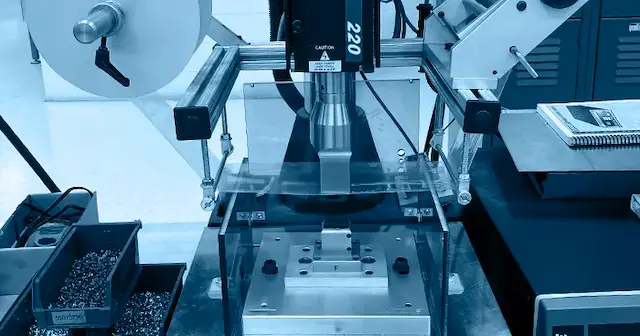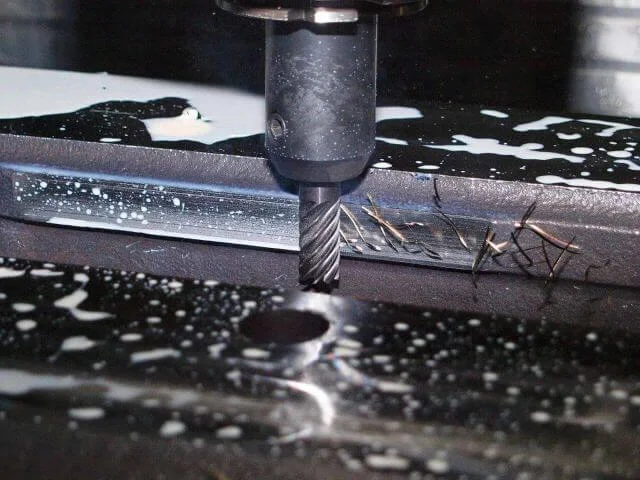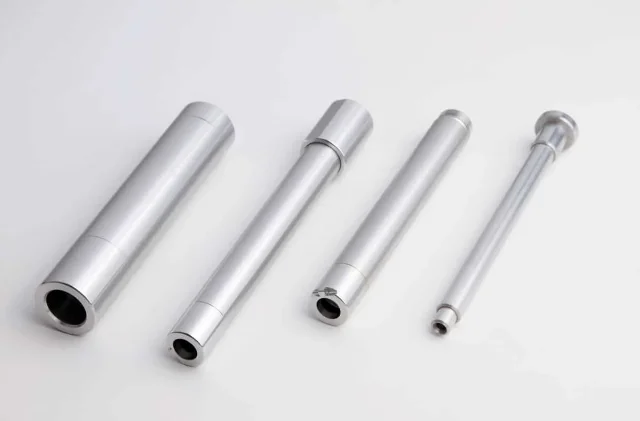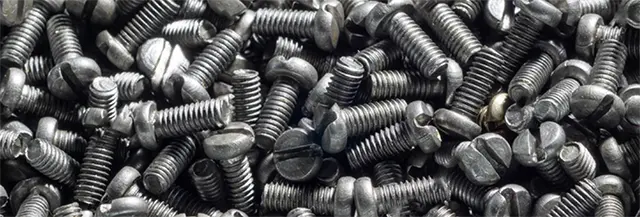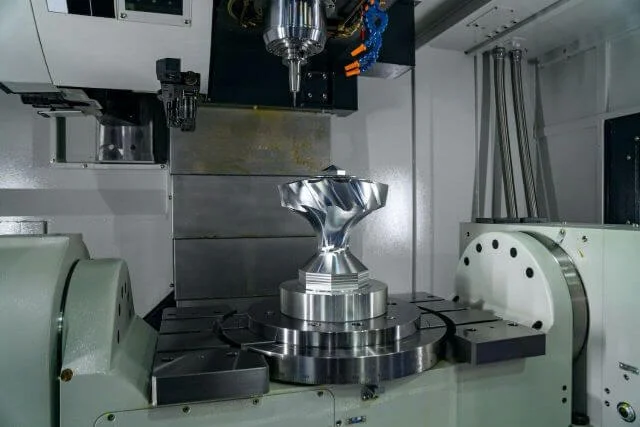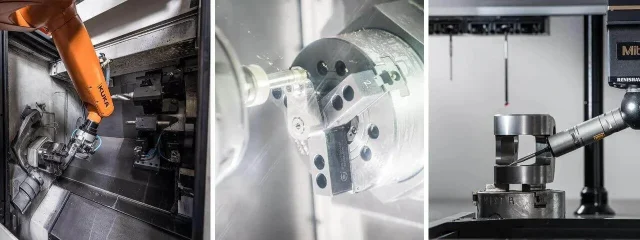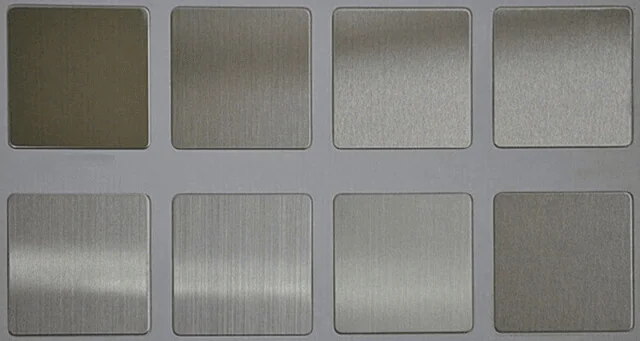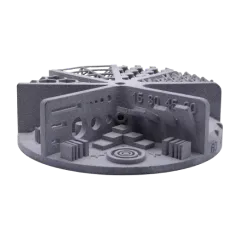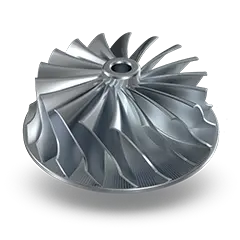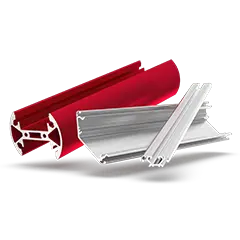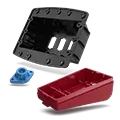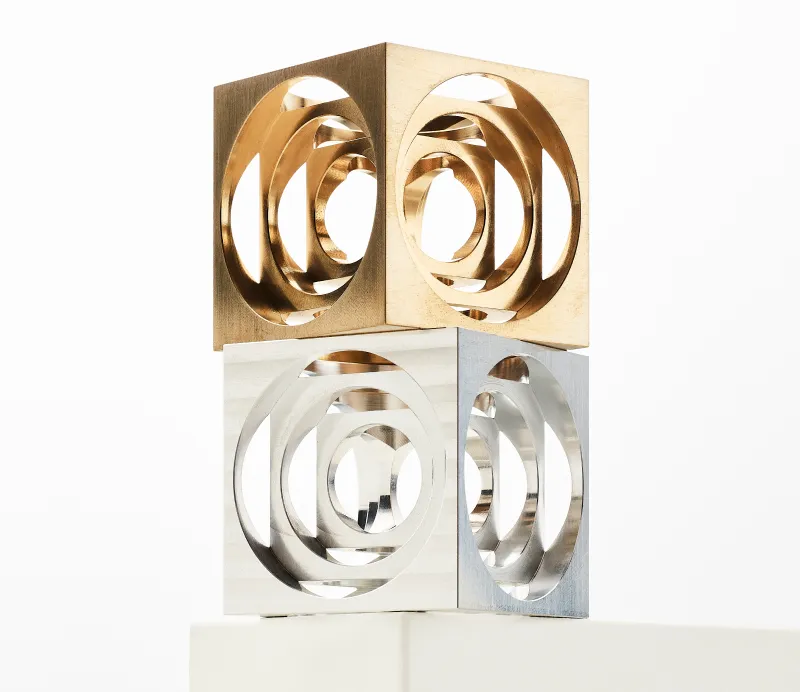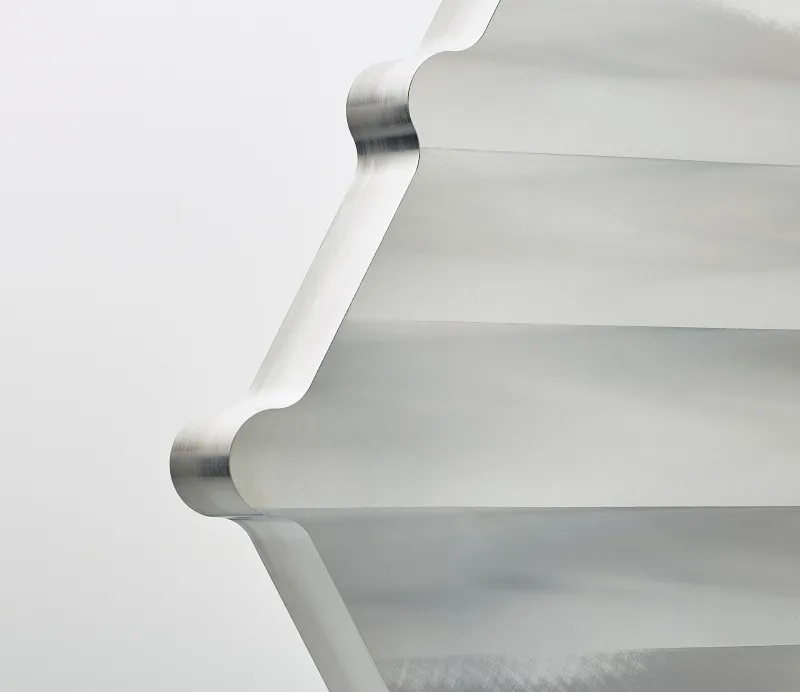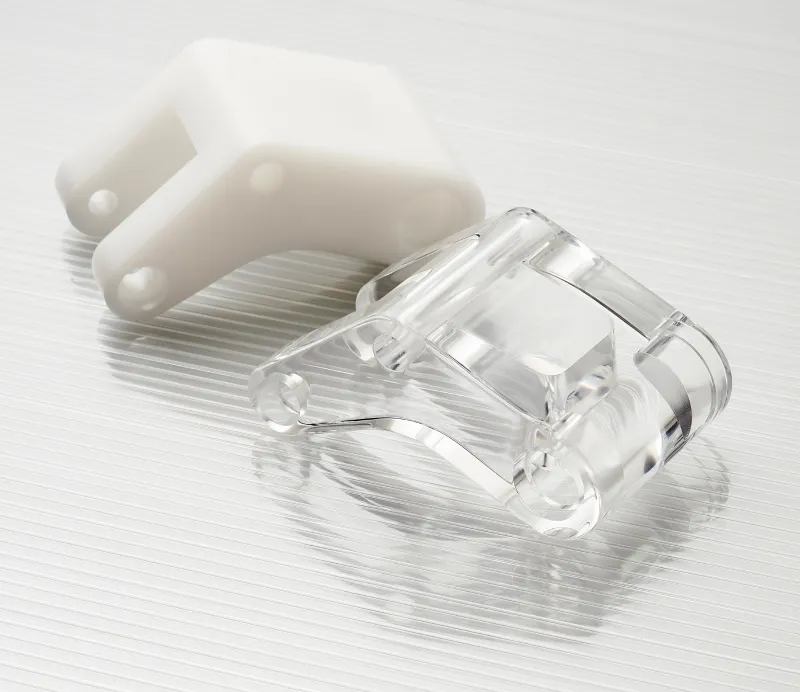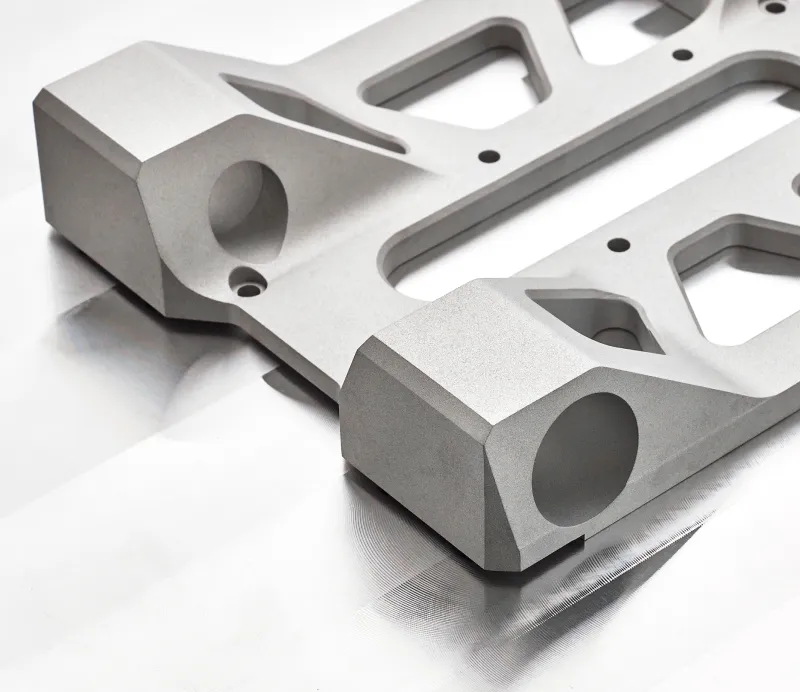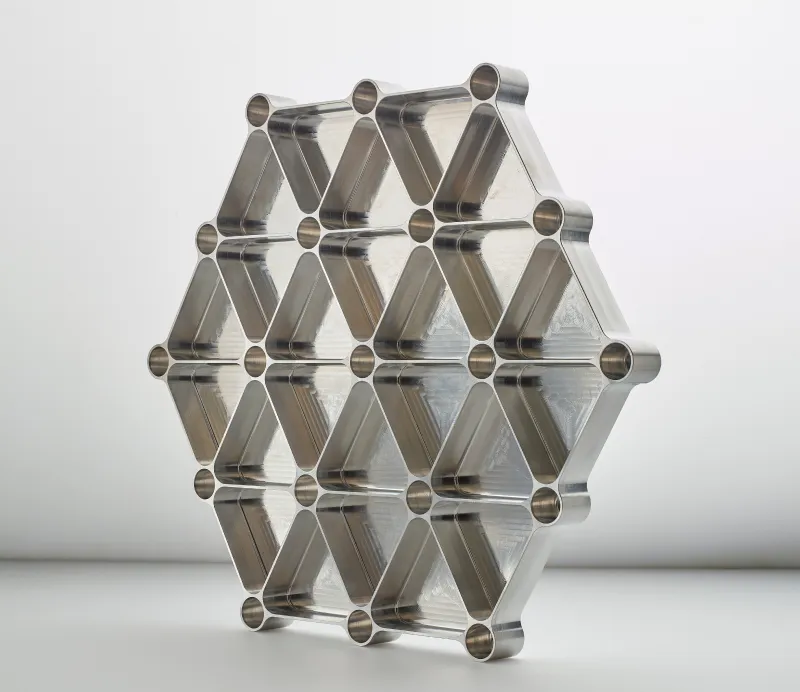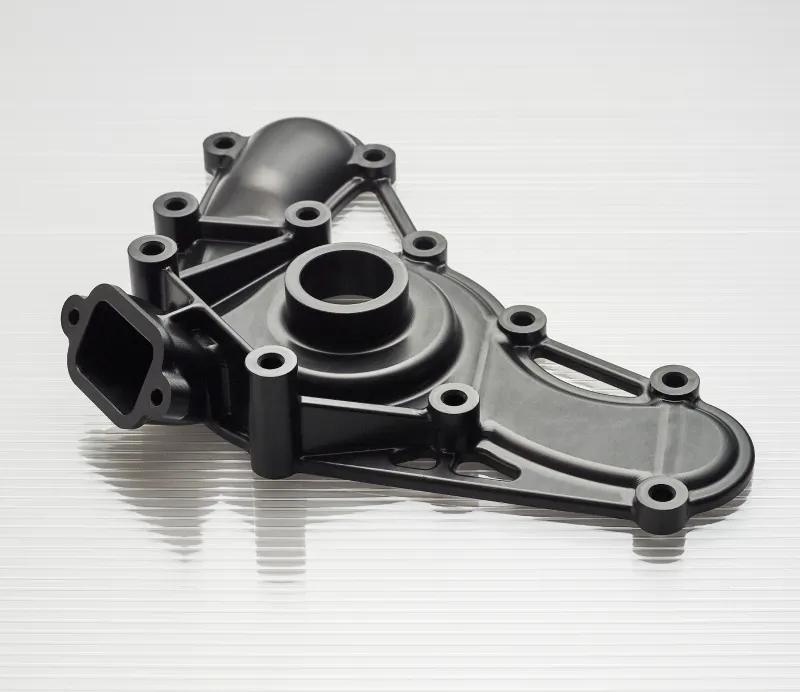Chemical Material Analysis
The following resource will detail the reasoning behind conducting material chemical analysis, the methods through which this analysis can be conducted, and its many benefits.
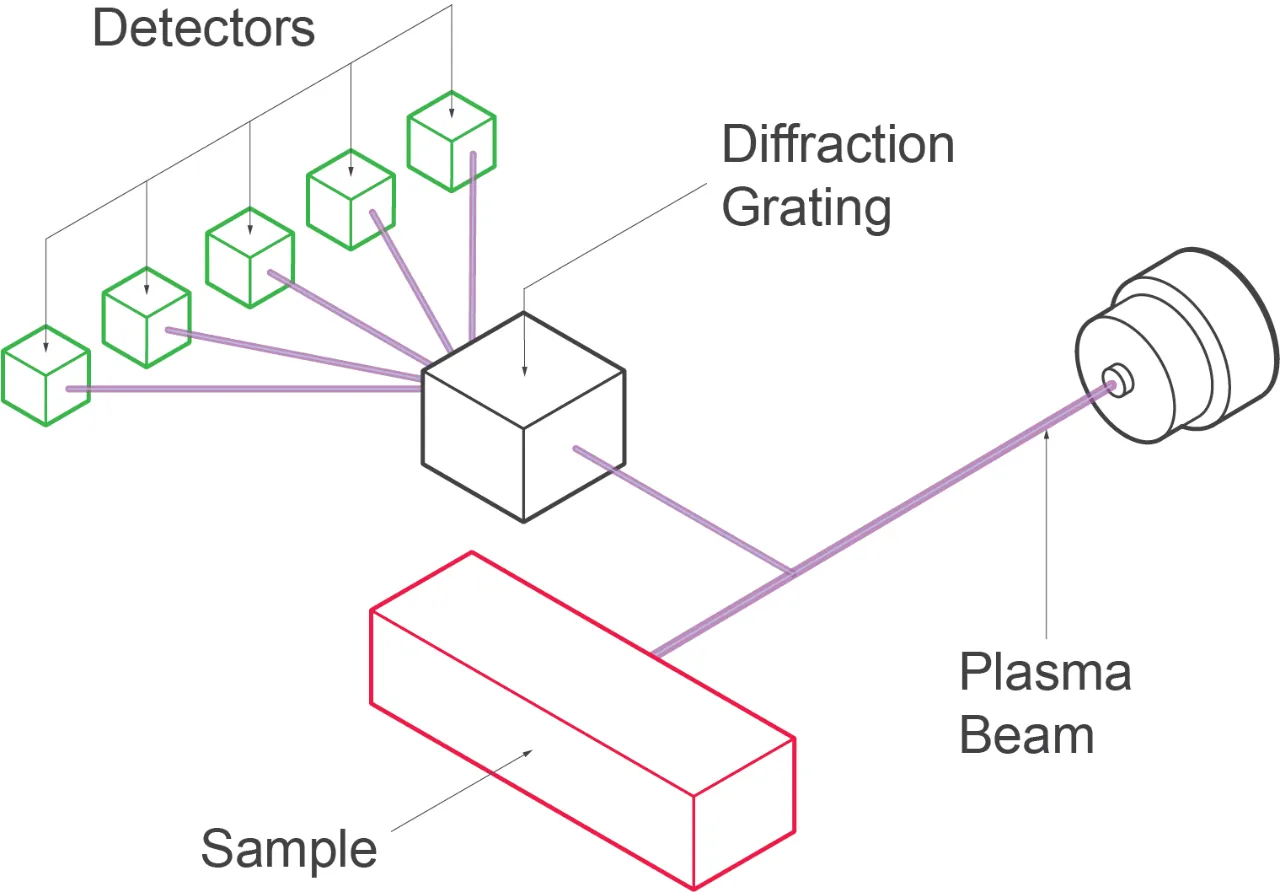
Why do we carry out chemical material analysis?
Chemical analysis allows us to measure a material's chemical composition to understand whether or not the material meets the required specification and purpose. It can be critical to know if a material is within the standard necessary to ensure it has been manufactured correctly or if it has been confused with another similar type. Most materials, particularly metals, will look and feel almost indistinguishable from each other. Only when looking at the chemical elements, can we truly understand what material it is.
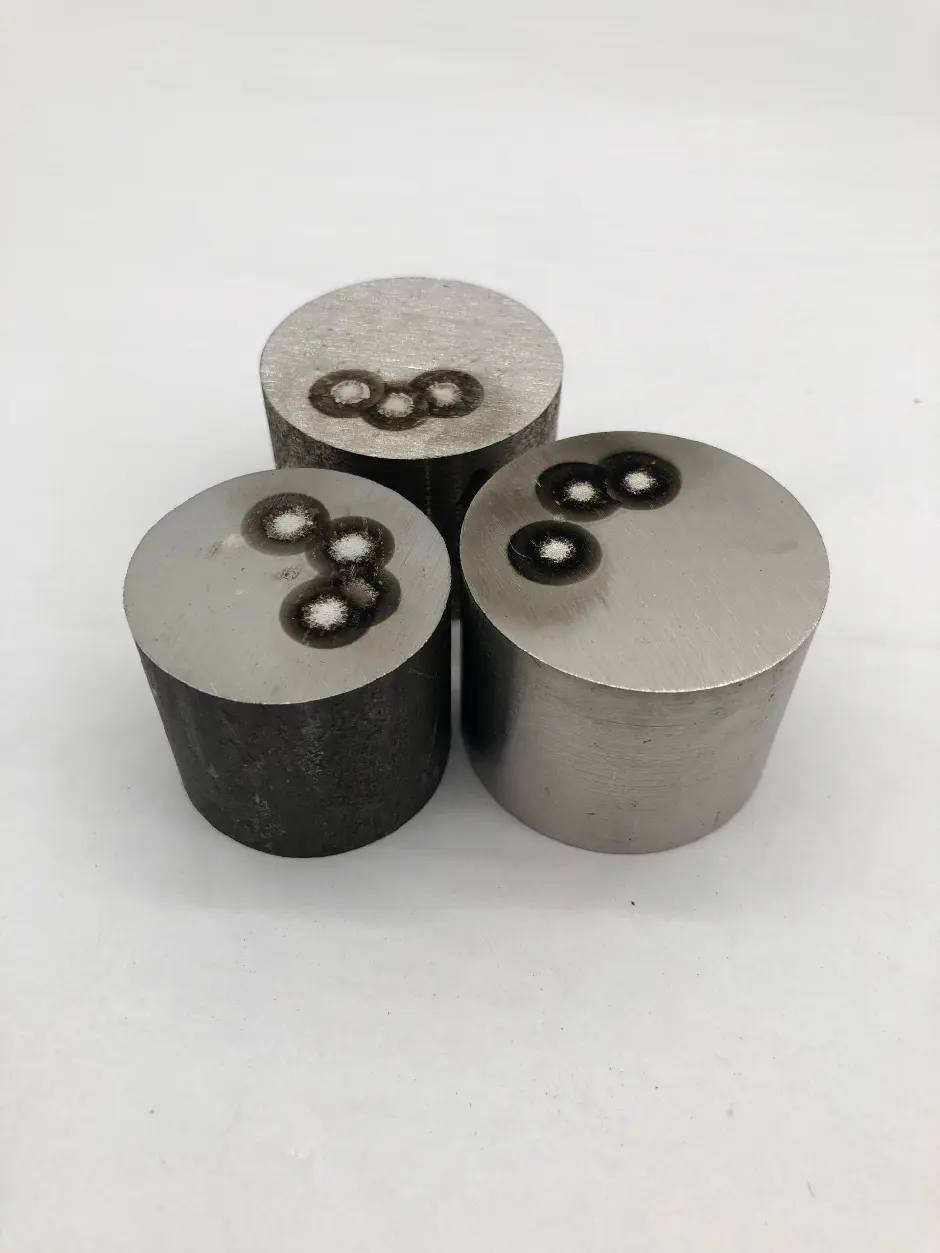
{{cta-banner}}
What is OES (Optical Emission Spectrometry)?
Optical Emission Spectrometry, more commonly referred to as ‘OES’, is the measurement of the light emitted by atoms and ions. These atoms are vaporised from the material's surface following an electrical discharge. A small amount of material in a plasma state is created and is then analysed by the machine. Each plasma sample will have an identifiable signature of different wavelengths of light. Each element will be able to be detected and can be measured to understand how much of that element is contained in the sample.
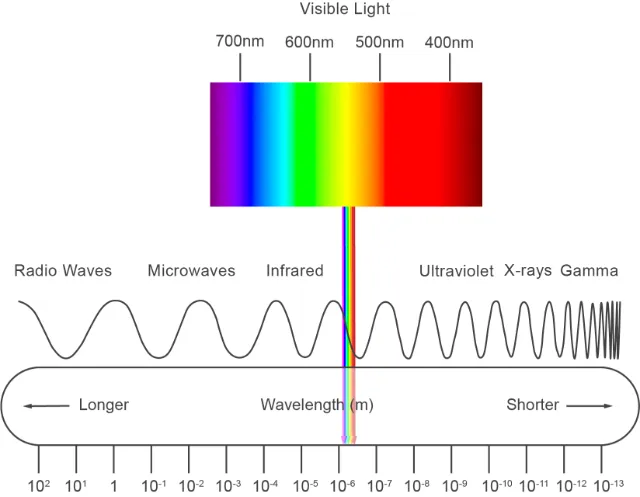
Due to its high levels of precision, OES is a commonly used analytical technique employed to determine the composition of a wide range of elements, stretching from Carbon, Chrome, Oxygen and Hydrogen. In terms of the electromagnetic spectrum (displayed in the image above), the range of elements used by OES consists of the entirety of the visible spectrum and part of the ultraviolet spectrum, ranging from 130-800 nanometers in wavelength. A comprehensive understanding of the elemental composition of any material is vital in ensuring that it is suitable for its intended purpose.
Note that OES technology can only measure metals and alloys, and not all OES equipment can analyse all metals.
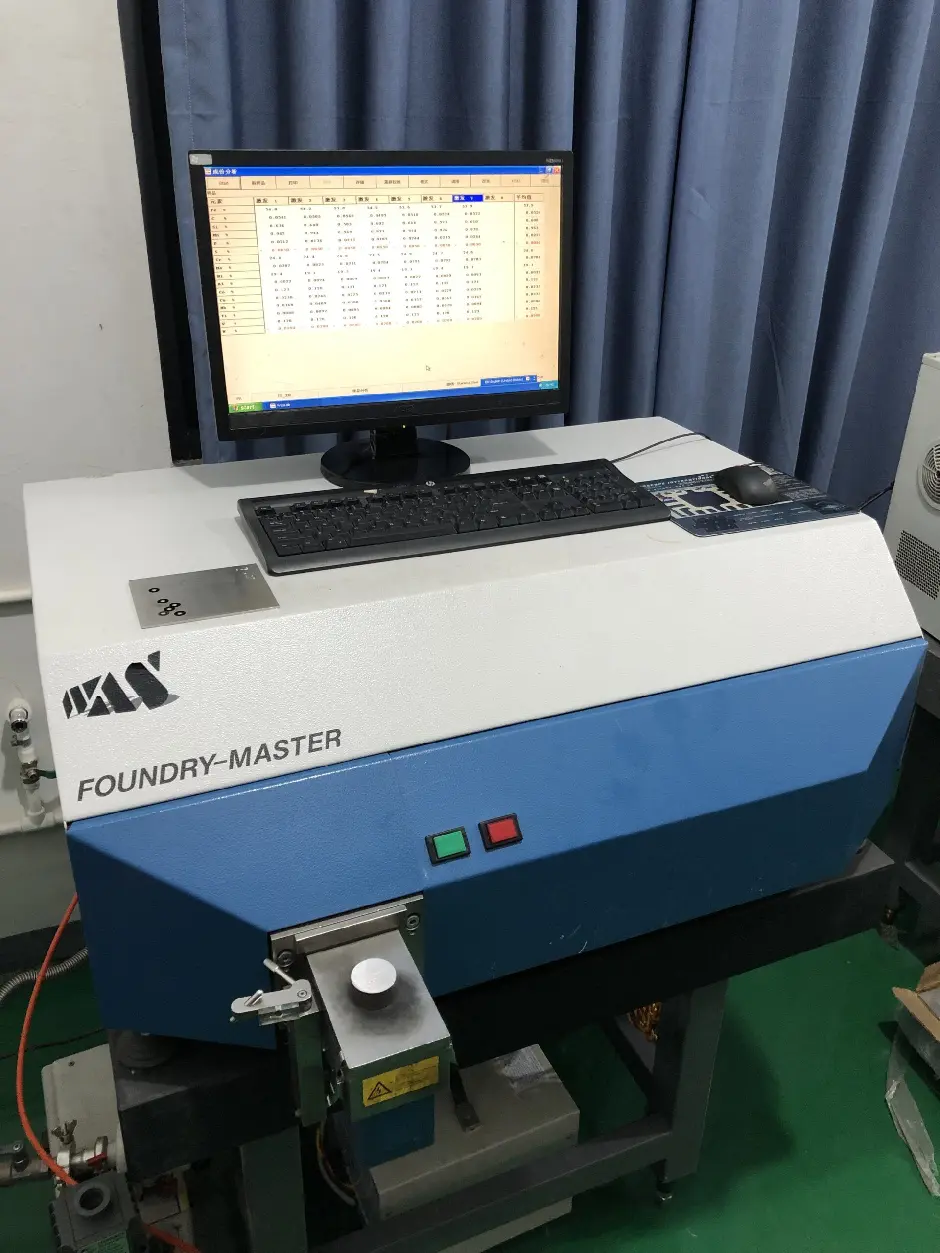
How does OES analysis work?
The process in which Optical Emission Spectrometry (OES) analysis takes place in three stages:
Firstly, a high powered electrical current is used to excite the atoms found on the surface of the metal sample under analysis; these discharged elements turn into plasma. To achieve this, the sample must be heated to temperatures of thousands of degrees celsius, which is achieved by using a high-voltage electrical source via an electrode; the difference in electrical potential between the sample and this electrode produces an electrical discharge. Two forms of electrical discharge can be produced - an arc, where the discharge replicates a lightning effect as it is turned on/off, or a spark, in which a series of discharges take place as the electrode's voltage turns on-off repeatedly. The electric shock and subsequently heating excites the atoms, resulting in the emission that can be analysed.
The second part of the system is optical. The plasma emits a spectrum of light, which then passes into a spectrum metre. A diffraction grating within this spectrum metre separates the incoming light into element-specific wavelengths, and each corresponding detector measures the intensity of light for each wavelength. The intensity measured during this process is proportionate to the intensity of the element in the sample.
A computer system is the third and final step of OES analysis. This system acquires the measured intensities and measures this data via a predefined calibration to produce element concentrations. The user interface ensures minimal operator intervention and displays results to be used for future reference.
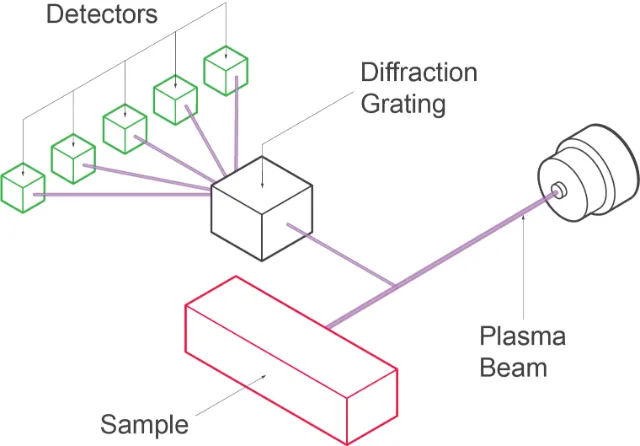
Benefits of OES
High precision
The precision of OES means a comprehensive overview of an element’s chemical composition can be obtained. As a result, engineers can be confident regarding the properties of metals and alloys, giving assurance that the material is suitable for the required task.
Low detection limits
A further benefit of OES is its low detection limits. According to the Handbook of Immunoassay Technologies, a detection limit is defined as ‘The lowest concentration of an analyte in a sample that can be consistently detected with a stated probability (typically at 95% certainty). This means that findings gathered via the application of OES can be trusted with a high degree of certainty.
Size and affordability
Optical Emission Spectrometers are available in a number of sizes, ranging from portable devices to large machines that can be placed within a workshop. The range of sizes available, and the contrasting price of each option, ensure that several options are available to meet the needs of every engineer.
Alternative methods of chemical analysis
As well as OES, several alternative methods can be used to undertake a chemical analysis of a material.
XRF Analyser
An XRF (X-Ray Fluorescent) Analyser is a non-destructive analysis technique used to determine the elemental composition of a material by measuring the fluorescent X-ray emitted when excited by the X-ray source. This method of chemical analysis is capable of determining the chemical composition and grade of the material under analysis.
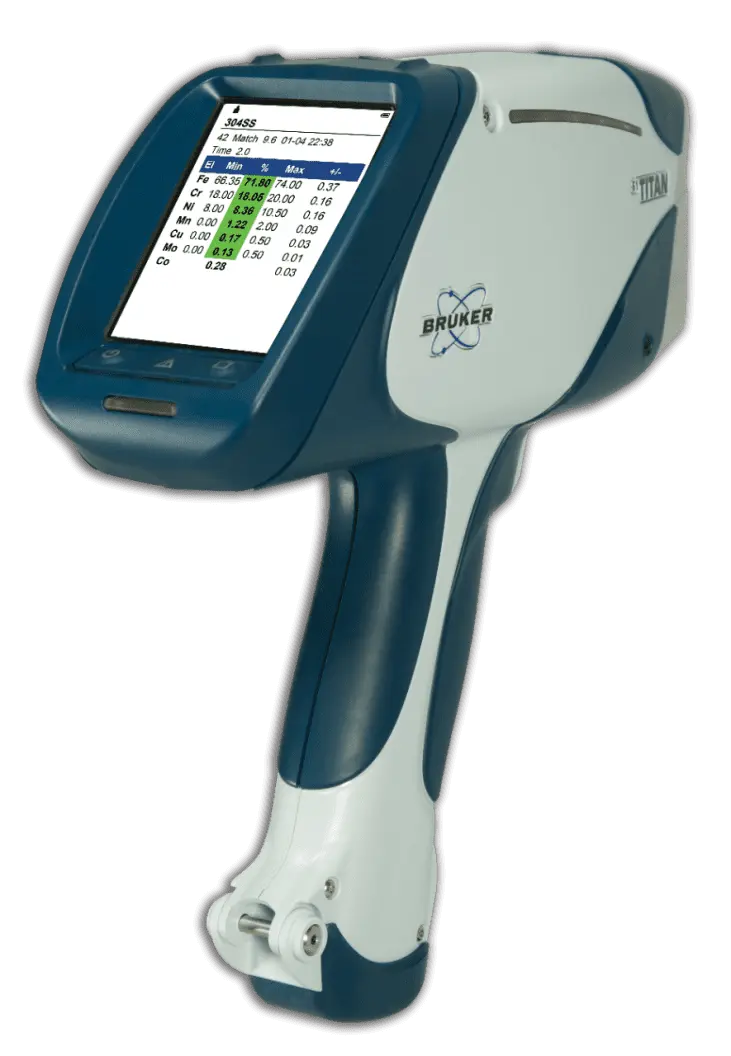
XRD
X-ray diffraction is a non-destructive chemical analysis technique employed to calculate the phase of the material and its crystalline structure. Once this information is gathered, the materials mineralogy can be examined.
LIBS
Laser-induced breakdown spectroscopy (LIBS) uses short laser pulses to create a micro-plasma on the surface of a sample. Compared to alternative analysis methods, such as those referenced above, LIBS has a number of advantages. These advantages include faster measurement times, broader elemental coverage, and no risk of substrate interference.
Here at Get It Made, we can provide independent 3rd party material identification for projects using certified labs such as SGS and Rotechlabs. Contact a member of our team today for advice and information on what would work best for your project.

Leave it to our manufacturing specialists
Get a 24 hour, engineer made quote and design review to start your manufacturing project off on the right foot
Get your production-ready quote in 24 hours
All projects are reviewed by real engineers to ensure accuracy, catch mistakes and unlock DFM improvements
Our services
From 3D printing to CNC machining, we’re experts in manufacturing bespoke precision parts on tight time-frames
Other services
It’s rare you only need CNC machining services. We offer 3D printing, moulding, casting, extrusion, fabrication, assembly, welding & more.
Get your production-ready quote in 24 hours
All projects are reviewed by real engineers to ensure accuracy, catch mistakes and unlock DFM improvements
Bespoke quote in 24 hours
Get It Made is proud to provide a human service. Get a quote and free design review by an experienced engineer to see how we make manufacturing simple.


